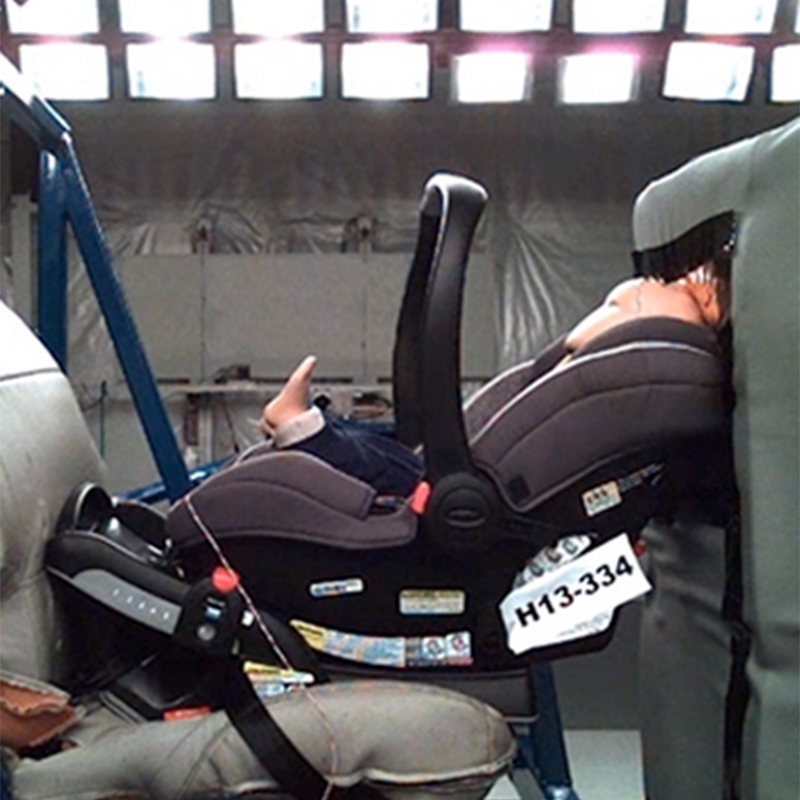From the moment parents leave the hospital with their precious newborn, they will need a properly-installed infant car seat to safely transport their little one home.
As the child grows, parents will need to make sure the car seat “grows” with him. The next step up from an infant carrier would be a convertible car seat, and then eventually a booster seat would be used until the child is roughly 8 years old. The timing of these transitions is what tends to get a bit tricky, as a child’s weight, height, age and the individual car seat guidelines all have to be taken into account.
According to new findings by Consumer Reports, parents should actually be switching their children out of infant car seats and into convertible car seats sooner rather than later.
Results from a series of crash tests have shown that little ones should be transitioned from a rear-facing infant seat to a rear-facing convertible seat by no later than their first birthdays — even if they haven’t yet outgrown their infant seat.
These recommendations come from crash tests comparing both infant and convertible seats using 22-pound dummies that represent a 1-year-old child. The Consumer Reports testing simulated a frontal crash with the car travelling at 35 miles per hour.
In more than half (16 of 30) of the infant seats tested, the dummies’ heads hit the simulated front seat back. By contrast, this only happened once during testing of the convertible seats.
Via Consumer Reports
In reality, many children will have outgrown their infant seats based on the product specifications alone before age 1 anyway. The thing is, kids tend to outgrow seats by length before they outgrow them by weight. A good rule of thumb to follow, according to Consumer Reports, is a child should be moved to a convertible seat if his head is 1 inch or less from the top of the carrier’s shell.
Another important detail for parents to keep in mind is that children ages 2 and younger are safest in seats that are rear-facing, as recommended by the American Academy of Pediatrics. (Some states even require, by law, children younger than 2 to remain rear-facing.)
For more details on the safety ratings of specific car seats and other child car seat safety tips, visit this helpful resource page from Consumer Reports.
